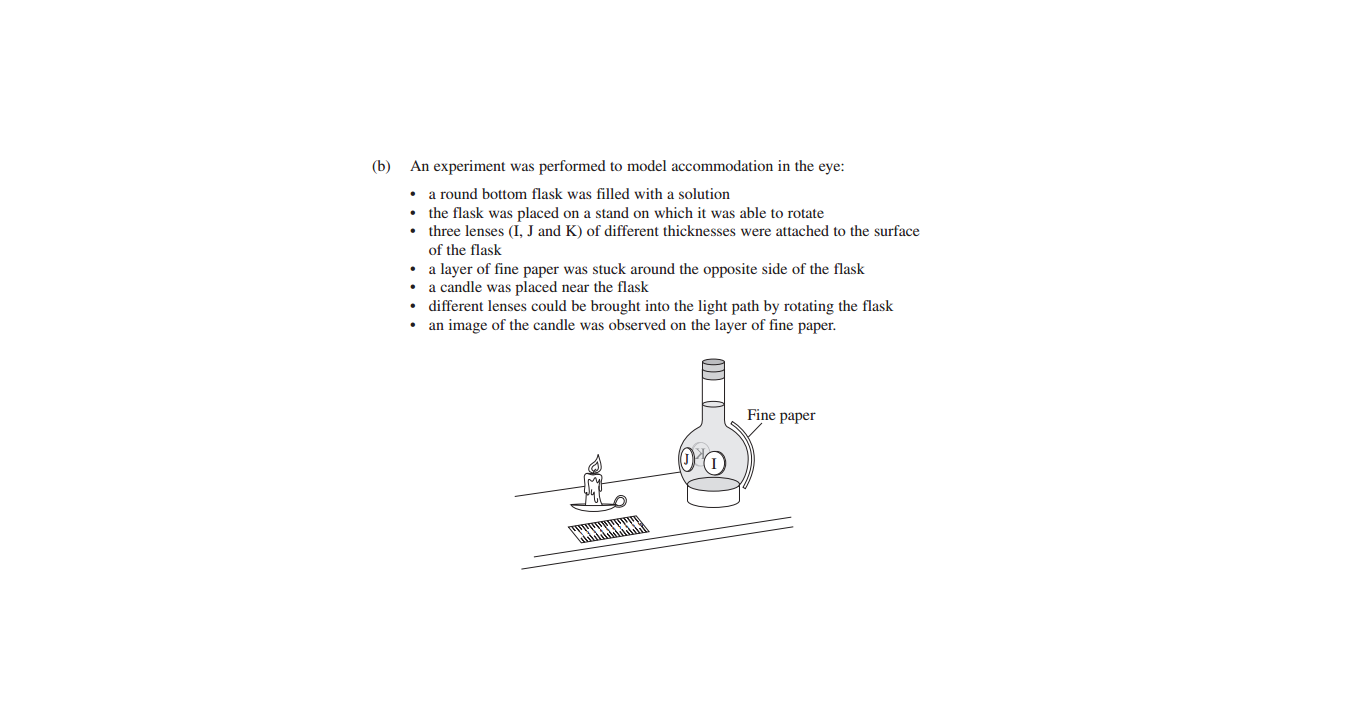Hi,
I have a couple questions and would appreciate it if someone could help me!
1. Does the Choroid prevent light scattering? Or does it just suspend the Iris?
2. Are cataracts the results of protein denaturing or proteins clumping?
3. How do I set out the accommodation prac?
4. How much detail should I have on Fred Hollows?
Thanks!
I have a couple questions and would appreciate it if someone could help me!
1. Does the Choroid prevent light scattering? Or does it just suspend the Iris?
2. Are cataracts the results of protein denaturing or proteins clumping?
3. How do I set out the accommodation prac?
4. How much detail should I have on Fred Hollows?
Thanks!


